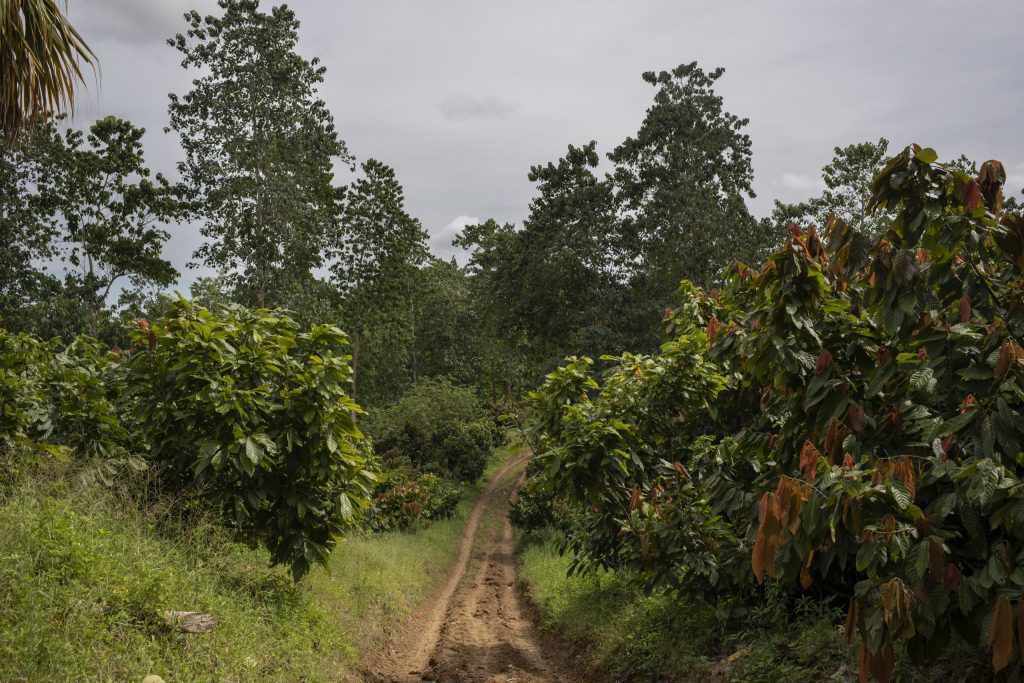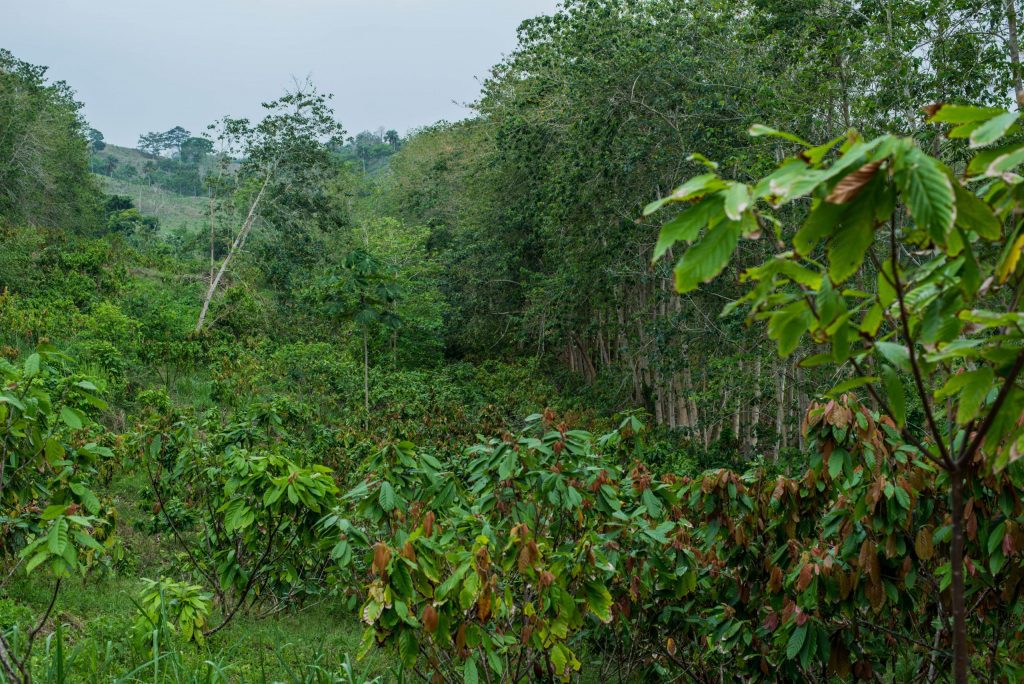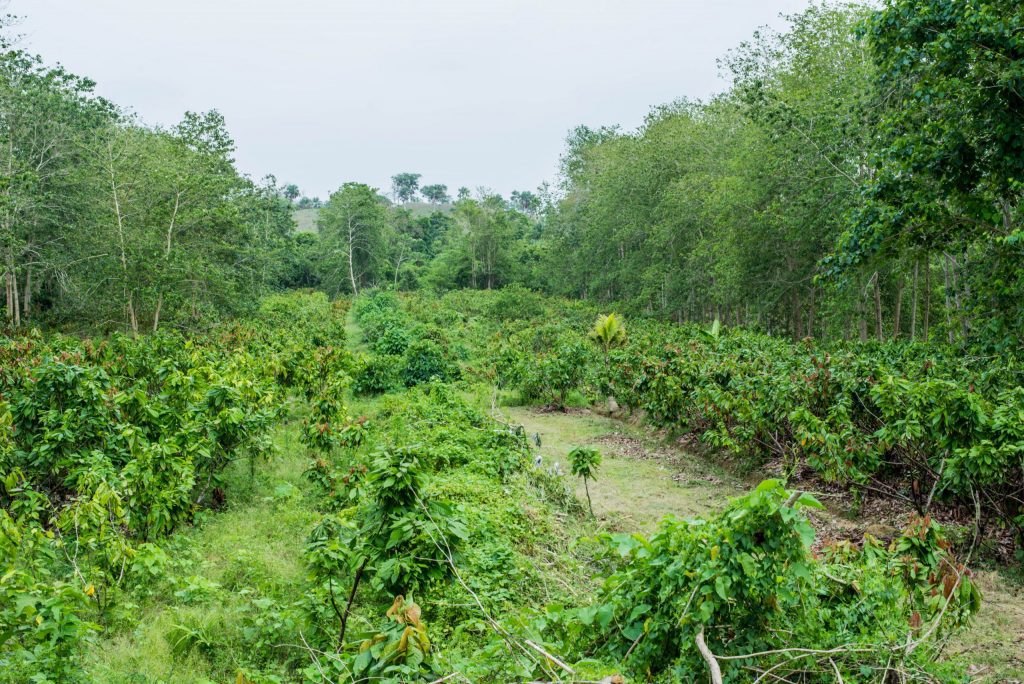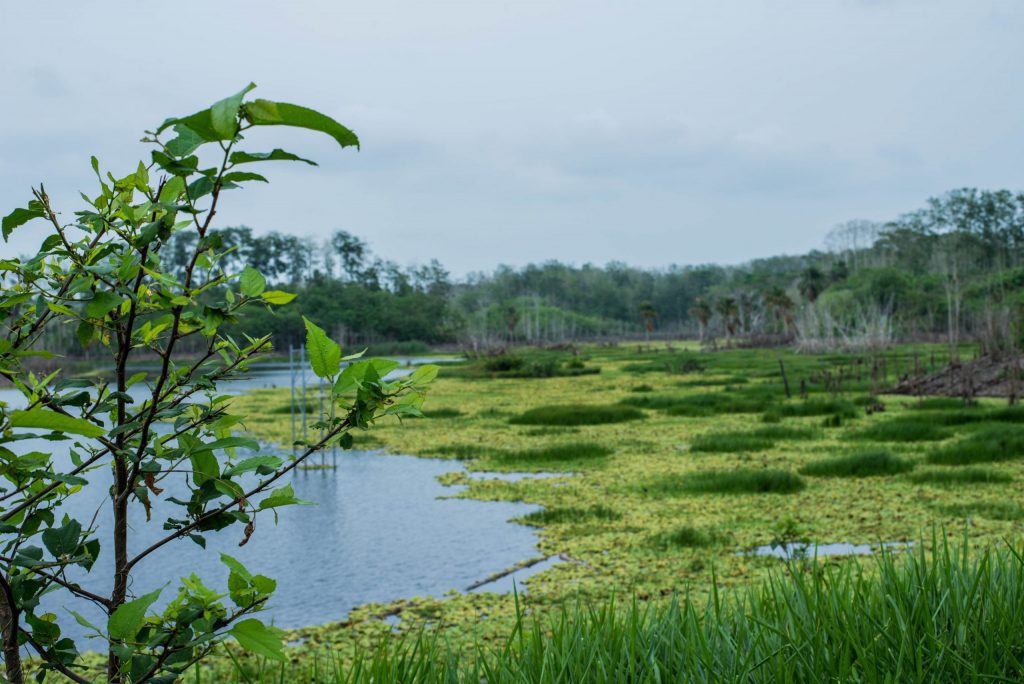Cocoa, Forest and Peace is the initiative that seeks to protect and preserve our country’s natural resources and support peace building.
Deforestation is one of the most serious environmental problems that the planet faces today. According to the Food and Agriculture Organization of the United Nations (FAO), some of its causes are the development of an expanded and unsustainable agricultural system and the intensive exploitation of wood.
Organizations such as Greenpeace have joined forces to fight deforestation in the Amazon, which is the largest tropical forest region on the planet. According to this institution, since 1970 the Amazon has lost, only in Brazil, a forest area larger than France, mostly due to livestock.
A study by the International Center for Tropical Agriculture (CIAT) affirms that, according to considerations made on the basis of forest / non-forest maps from IDEAM, between 2005 and 2017 more than 1.5 million hectares of forest were lost in Colombia. Most of this deforestation took place in regions of the country that for decades have been affected by the armed conflict and illicit crops, mainly in areas with agro-ecological potential for cocoa production, such as the Amazon region. However, the country is taking action to reverse this trend.
In Colombia, cocoa cultivation has been an ally in the substitution of illicit crops. During the last ten years, its production has grown considerably, from 36,118 tons in 2009 to 59,740 in 2019. According to the study, this increase is not related to the causes of deforestation in the country. Currently, Santander, Antioquia and Arauca are the largest cocoa producers in Colombia, according to the cocoa production ranking of the National Federation of Cocoa Producers (Fedecacao).
In 2016, the Government of Colombia signed the Peace Agreement. Within the government action plans considered as part of the post-conflict framework, cocoa became not only relevant but also a key factor as an alternative to crops for illicit use in the country.
Cocoa, Forests and Peace Initiative: joining efforts to reduce deforestation
The scheme, called the ‘Cocoa, Forests and Peace Initiative’, in honor of cocoa’s role in advancing the historic peace process by providing rural employment to farmers and communities previously involved in the conflict, was born in 2017 as a public-private alliance aimed at promoting productive projects with zero deforestation that take part in the protection and restoration of forests within the cocoa supply chain and that contribute to peace-building in Colombia.
This strategy is framed within the Global Cocoa & Forests Initiative, led by the World Cocoa Foundation (WCF) and the Sustainable Trade Initiative (IDH), who signed the Agreements with the governments of Ghana, Ivory Coast and the main cocoa producing and trading companies in the world. Colombia is the first country in Latin America to join this global initiative.
Cocoa, Forest and Peace is focused on the PDET municipalities (Development Plans with a Territorial Approach), located in areas such as Alto Córdoba, Bajo Cauca Antioqueño, Sur de Bolívar, Nariño and the Amazon foothills.
Luker Chocolate was the first private sector company to sign the Cocoa, Forest and Peace Initiative, aware of the challenges they faced in Colombia and their particular context. In the words of Francisco Gómez, Vice President of Strategic Procurement and Agricultural Development at Luker Chocolate and member of the World Cocoa Foundation Board, “Although cocoa is not the cause of deforestation in Colombia, it can be an essential part of the solution. Thanks to the initiative we had, other companies from the private sector decided to join”. In addition, Luker actively participated in the planning and structuring of the action plan, which includes important goals for the year 2030: 45 short, medium and long-term milestones, as well as more than 70 activities that will be carried out in a period of two years.
Actions
This action plan will be developed for ten years and will be led by the Ministry of Environment and Sustainable Development, the Ministry of Agriculture and Rural Development, the cocoa industry, represented by Luker Chocolate and the National Federation of Cocoa Producers (Fedecacao); the Sustainable Trade Initiative (IDH) and the World Resources Institute (WRI), with the support of the World Cocoa Foundation.
During that period of time, in addition to the milestones and planned activities, the action plan seeks to achieve five strategic results by 2030:
- Cocoa production models with zero deforestation.
- Financial instruments that consolidate cocoa models with zero deforestation.
- Monitoring, verification and traceability systems.
- Strengthening cocoa institutions for forests and peace.
- Communication and transparency strategies.
Given that cocoa is grown in over 80% of Colombia’s regions, Cocoa, Forest and Peace is heading to be a milestone in itself. The commitment to restore more than 1,400,000 hectares throughout the national territory, is key to reverse the degradation of the land and contributes to the overall sustainable development of rural communities in the country.
In addition to seeking the strengthening of crops and the conservation of biodiversity in the country, this strategy represents a gigantic bet in terms of rural transformation and peace building, providing support to all producer families that live off cocoa.
Sources:
Plan de acción Cacao, Bosques y Paz
Colombian Cacao, Forest and Peace Initiative, baseline study of the cacao chain in Colombia. Cacao, Bosques y Paz Colombia Initiative and the International Center for Tropical Agriculture (CIAT).
Greenpeace.org
Luker Chocolate – Cacao, Bosques y Paz
Colombia cocoa production ranking bulletin (Fedecacao)


 Share
Share
 Tweet
Tweet
 Share
Share






